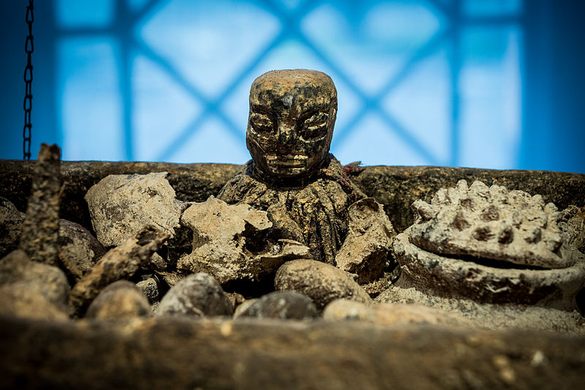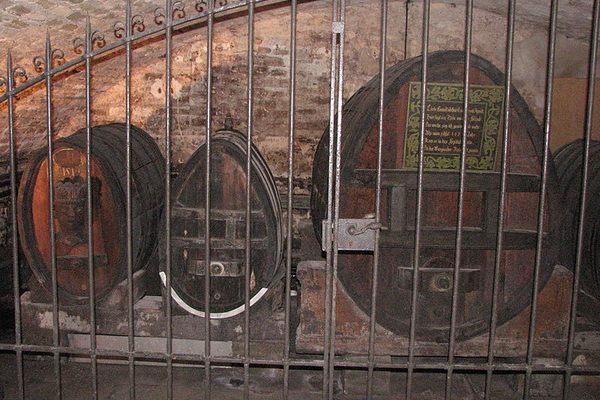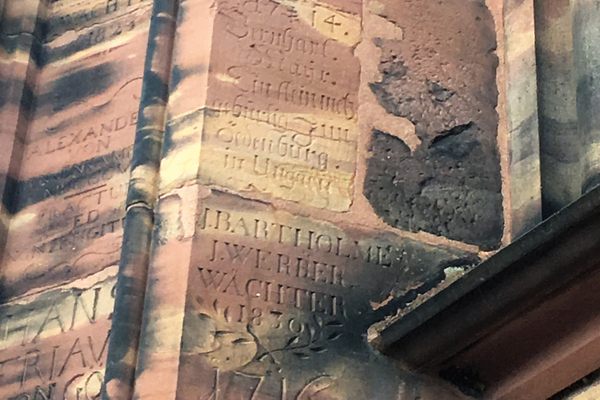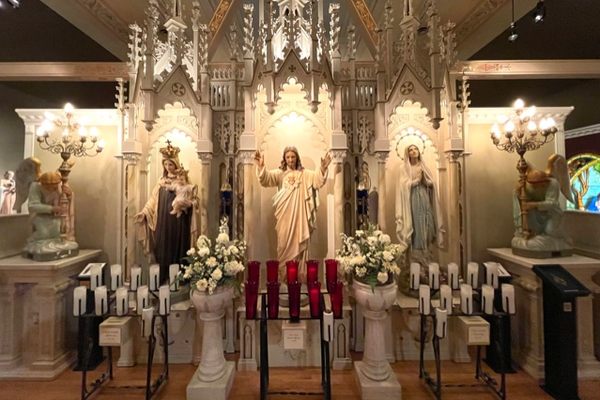Château Musée Vodou
This fascinating museum in an old water tower holds the world's largest collection of Vodou artifacts from western and central Africa.
In the suburbs of Strasbourg, France, stands an ornate water tower constructed in the 19th century. Although the building is noteworthy in itself, it’s what lies within its walls that may really startle visitors: the largest collection of Vodou artifacts in the world.
The Vodou Museum of Strasbourg (Château Musée Vodou) was opened by a businessman named Marc Arbogast and his wife Marie Luce in order to house their impressive personal collection. Arbogast had been a passionate collector of art associated with Vodou and other Western African religions since his teenage years in the 1960s, and decided in 2014 that the collection should be open to the public to visit and enjoy.
The purpose of this excellent museum is to provide a thought-provoking experience that educates visitors about Vodou, a rich spiritual tradition and religion that’s practiced across much of West Africa and the African diaspora of the Americas. The building also serves as a cultural center and a gathering place for practitioners of Vodou throughout the city and the greater Alsace region.
Contrary to popular opinion, Vodou (or Vodun as it’s known in West Africa), has very little in common with the sensationalized, sinister image portrayed in Hollywood movies such as Angel Heart. Rather, it’s an animist religion with a unique and varied cosmology that encompasses both light and dark themes and has many striking parallels with Christianity. Vodun means “spirit” in the Ewe and Fon languages, an apt name considering the tenant of the belief system posits that a world of spirits exists alongside the world of human perception. The vodun spirits (called “Loa” in Haiti) are believed to inhabit all things—whether human, mineral, vegetable, or animal—and intercede in the natural world and human affairs. These entities form a hierarchy of varying power that is roughly analogous to the saints and angels in Catholicism, and similarly can be invoked by believers for guidance, assistance, or protection.
The artifacts at the Vodou museum of Strasbourg are predominately from the West African countries of Togo, Nigeria, Benin, Guinea, and Ghana, and were created by tribal cultures such as the Ewe, Fon, Guin, Sahwe, Yoruba, and Adja. Among the items on display are objects that serve different purposes, such as bringing good fortune, projecting bad luck upon another, ensuring fertility and virility, or attracting lovers. There are also many vibrant costumes used in ceremonial rites and festivities.
Perhaps the most enigmatic of the artifacts on display are the Wotoji Bocio figures, meaning “swollen cadaver of divine breath.” These small figurines in human form are believed to safeguard their owner from catching infections, diseases, or mental illness, and are also used defensively to counter witchcraft and offensively to direct sorcery towards an intended target. In many tribal cultures of West Africa, these artifacts are hidden secretly within a small shrine near houses or agricultural lands, where they’re regularly fed palm oil, cornflour, and the blood of chickens to invoke the powers of the Vodun.
Visitors to the museum will invariably notice that many of the artifacts here portray crocodiles, or even include their skulls, bones, and teeth. The ubiquity of this reptile in Vodou art is due to its symbolic importance; it’s often associated with witchcraft and its shape used as amulets and fetishes for spiritual protection. The museum also contains a small ethnobotanical garden that houses many of the plants that are deeply spiritually significant in the Vodou religion, for their use in rituals and ceremonies, the creation of fetishes, or for their medicinal and protective properties.
Know Before You Go
The museum is open from Wednesday to Sunday from 2 p.m. to 6 p.m. and the entrance fee is 14 euro. The museum isn't too hard to find as it is signposted and located not far from the city center.






































Follow us on Twitter to get the latest on the world's hidden wonders.
Like us on Facebook to get the latest on the world's hidden wonders.
Follow us on Twitter Like us on Facebook